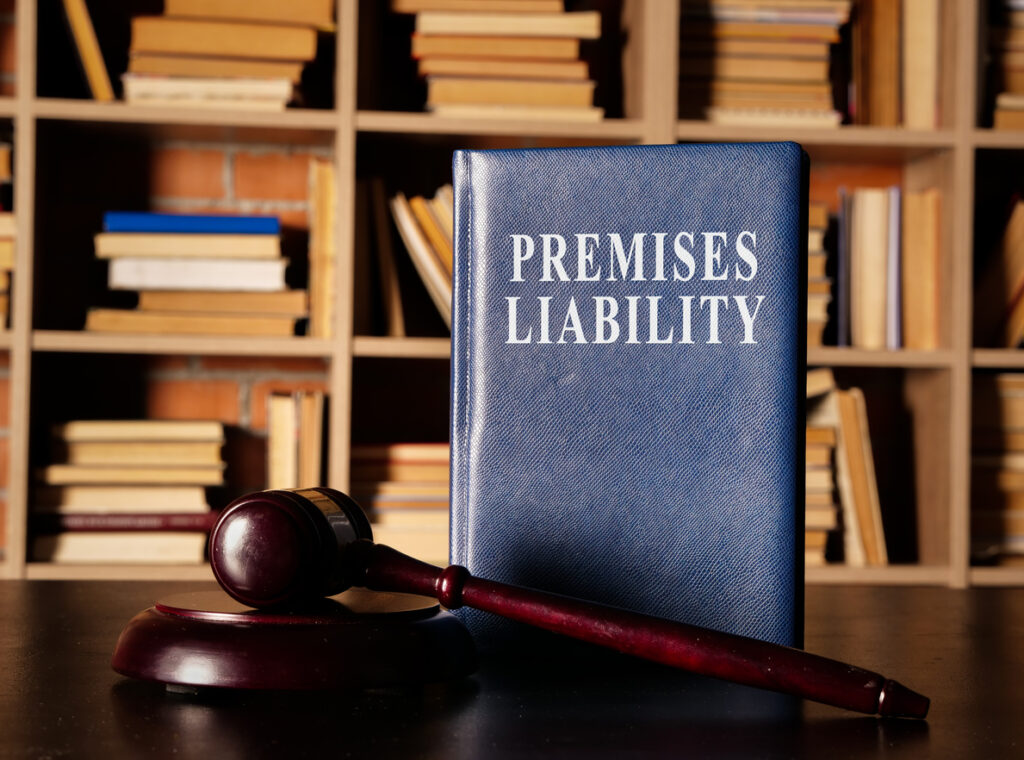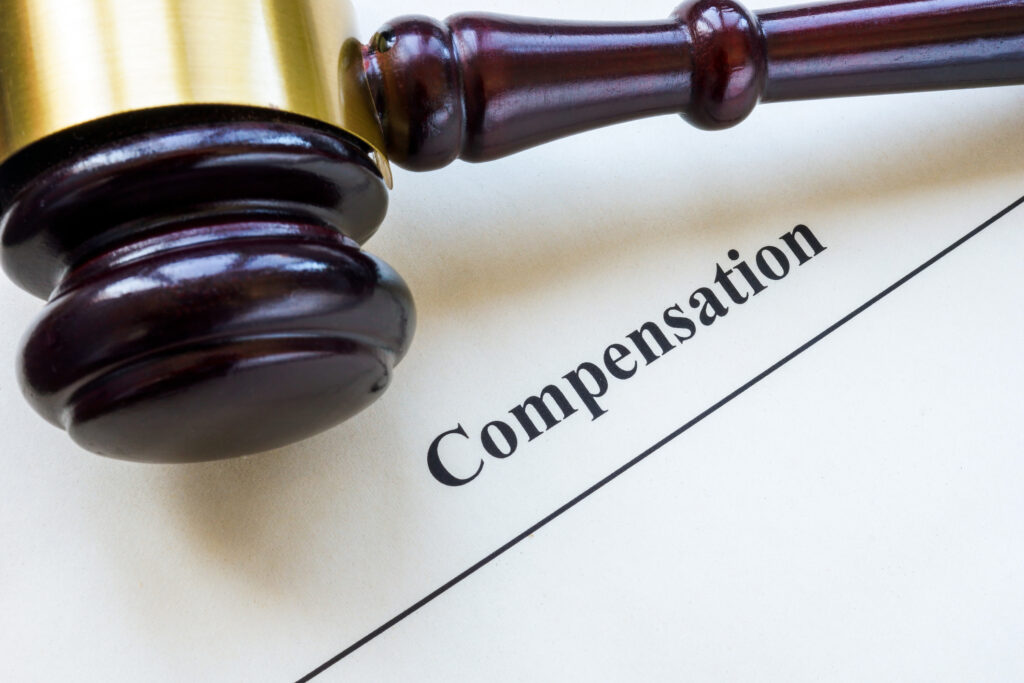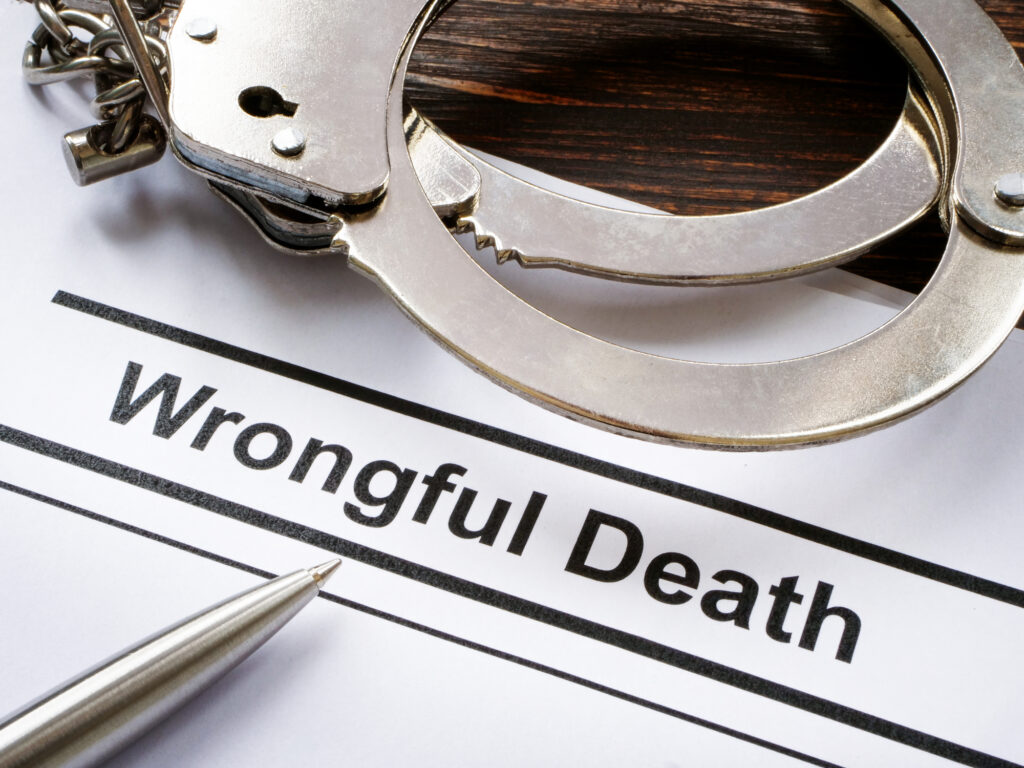Not all injuries happen in public spaces or at work—many occur right where people live. Rental properties, with their unique structure of responsibility between landlords and tenants, can quickly become legal battlegrounds when someone gets hurt. In Fresno, understanding how liability applies in rental situations is essential, whether you’re a tenant, landlord, or visitor.
Premises liability law is the framework used to determine who is responsible when someone suffers an injury due to unsafe property conditions. In the context of rental housing, this responsibility often hinges on factors like control of the property, knowledge of the hazard, and whether the injury could have been prevented with reasonable maintenance or warnings.
Who is Responsible When Someone Gets Hurt in a Rental?
Determining who is legally at fault for injuries in a rental property can be challenging. While landlords own the property, tenants typically control the inside of their rented units. This distinction is important because liability often depends on who had control over the area where the incident occurred.
If a tenant’s guest is injured due to a broken step in a common area, such as a staircase maintained by the landlord, the landlord may be liable. On the other hand, if the injury happens due to something inside the tenant’s unit—like a spill that was never cleaned—the liability might fall on the tenant. This division of responsibility forms the basis of many premises liability disputes in Fresno rental housing.
Common Types of Rental Property Hazards
There are numerous ways unsafe conditions in rental properties can lead to injuries. Faulty wiring, loose railings, poorly lit walkways, and pest infestations are just a few examples. If a landlord knows about these conditions and fails to fix them in a timely manner, they could be held accountable for injuries that result.
However, to build a legal claim, victims need to prove more than just the existence of a hazard. They must show that the landlord had actual or constructive knowledge of the danger and didn’t take appropriate steps to fix or warn about it. That’s why guidance from a Fresno legal professional on rental property injury claims can make all the difference.
Legal Obligations of Landlords in California
California law sets clear duties for landlords when it comes to maintaining safe rental properties. Landlords must keep common areas safe, ensure structural elements are sound, and respond to maintenance requests within a reasonable time frame. If they ignore these responsibilities and someone is hurt, they may be liable under the state’s civil codes.
More specifically, Civil Code § 1714 establishes that everyone is responsible for injuries caused by their lack of ordinary care. For landlords, this means they must act when there are known dangers. If a railing is loose, a stair is broken, or a leak creates a slippery surface, failing to take action can turn into a costly legal issue.
Tenants and visitors injured due to unsafe conditions often seek guidance through this resource on premises liability lawyers handling unsafe property claims in Fresno to better understand their rights and the protections available under California premises liability law.
Role of Notice in Premises Liability Cases
One of the key components in holding a landlord responsible is proving they had notice of the problem. This notice can be actual—like a written complaint from a tenant—or constructive, meaning the issue was so obvious that the landlord should have known about it.
In many Fresno rental cases, landlords deny knowing about a hazard. That’s why evidence such as maintenance requests, emails, texts, and inspection logs become vital. If a landlord was notified but failed to act within a reasonable time, this strengthens the tenant’s case.
Tenant Responsibilities and Liability
Tenants also have a role in maintaining safety in their rental units. They’re responsible for not creating hazards themselves and for notifying the landlord about any issues that arise. If a tenant damages part of the property and someone gets injured because of it, the liability may fall on them instead of the landlord.
Furthermore, if a tenant fails to report a known issue—like mold, electrical issues, or structural instability—they may lose the ability to hold the landlord accountable. That’s why understanding the shared responsibilities in rental housing is important for everyone involved.
How Legal Professionals Help Tenants After an Injury
After a serious injury in a rental unit or shared area, the first step is seeking medical attention. The next step should be evaluating whether the injury resulted from unsafe conditions that could have been prevented. Legal professionals who focus on resolving unsafe rental property claims in Fresno often assess photographs, maintenance history, witness statements, and inspection reports to build a case.
They look for signs of negligence, delays in repairs, and failures to comply with city codes. They also know how to navigate insurance claims and negotiate with landlords or property managers to seek fair compensation for medical bills, lost wages, and emotional distress.
The Importance of Timing in These Cases
There’s a time limit to file a claim after being injured on rental property. California’s statute of limitations for personal injury cases is typically two years. However, waiting too long can make it harder to gather strong evidence, especially if the landlord makes repairs or changes the property conditions after the fact.
Tenants and visitors who act quickly tend to have a better chance of success. Collecting documentation, photos, and medical records early on can help demonstrate the full extent of the injury and the property’s role in causing it.
For more details about tenant protections and property safety standards, the U.S. Department of Housing and Urban Development provides valuable guidance, particularly for those living in federally supported housing.
How Landlords Can Reduce the Risk of Legal Claims
Landlords who prioritize maintenance, conduct regular inspections, and respond quickly to tenant concerns tend to avoid most liability issues. Documenting all maintenance requests and having clear procedures for safety checks creates a strong defense in case something does go wrong.
Good landlords often develop relationships with their tenants that encourage communication. When tenants feel comfortable reporting issues early, problems get fixed before they become legal matters. In this way, clear responsibility and prompt action benefit everyone—landlords, tenants, and the broader community.
When Insurance Comes Into Play
Most rental property owners carry liability insurance to protect against legal claims. If a tenant or visitor gets hurt and the landlord is found liable, this insurance can cover damages. However, insurance companies often require detailed documentation and may try to reduce or deny claims without strong legal pressure.
This is where having representation familiar with unsafe rental property cases in Fresno helps tenants navigate the system. Knowing how to communicate with insurance adjusters and how to present evidence can make a major difference in the outcome of a case.
Conclusion
Premises liability in rental properties is a complex but crucial area of law that protects tenants and guests from unsafe living conditions. In Fresno, where rental housing spans everything from single-family homes to large apartment complexes, understanding the legal balance between landlords and tenants can prevent injuries and help hold the right parties accountable when things go wrong.
Tenants injured on unsafe rental properties shouldn’t assume the burden is theirs alone to carry. Legal claims rooted in premises liability are often the path to receiving compensation and prompting landlords to improve property conditions. Whether it’s a broken staircase, faulty lighting, or unaddressed structural damage, rental property injuries deserve attention—and action.




